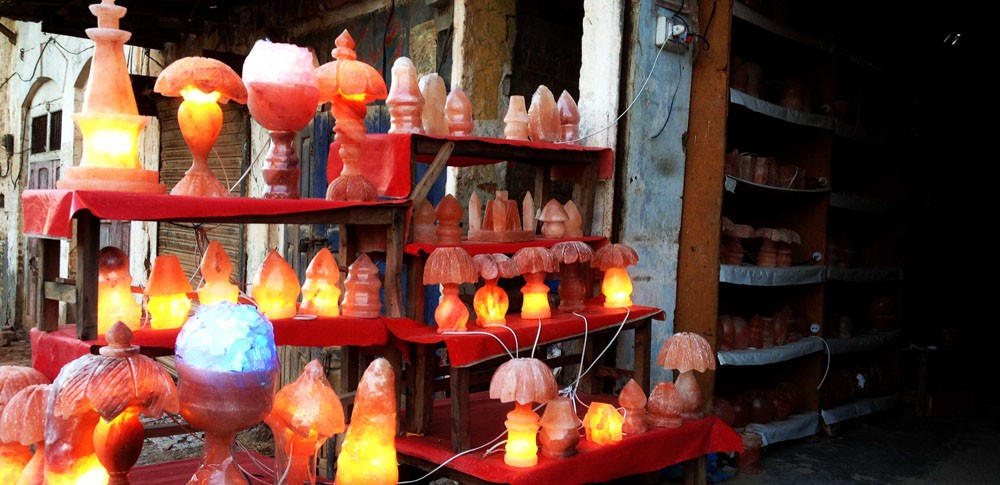
Pakistan is losing billions of rupees due to its inability to mine and process its precious stones

It is known that 30 per cent of the world’s gems deposits are located in the northern parts of Pakistan and adjacent provinces of Afghanistan. According to careful estimates, Pakistan is ranked 4th or 5th in the world in terms of the value of gems and precious stone deposits a country can boast of.
But it is very unfortunate that the country has failed to benefit from this resource. These precious stones are not properly mined and those extracted informally are sold to the world for peanuts in raw form. The reason is the country lacks the expertise and technical resources to turn these into finished goods and earn billions in foreign exchange.
"Though value addition is a key component of any business or industrial production activity, it is highly significant in case of gems and precious stones," says Waseem Samad, Manager, Monitoring and Evaluation at Gilgit-based Rupani Foundation -- a non-governmental organisation that trains manpower in cutting and polishing of precious stones.
The trainees get the experience of cutting and polishing semi-precious stones and try their hands on precious stones once they start their own businesses after completion of their training.
Samad tells TNS that there are some precious stones whose value increases up to 200 to 300 times after finishing. But despite this immense potential, these stones are sold for a fraction of their actual price through middlemen. He says the gems are extracted by low-income families who hardly make money. They do not know the exact value of the products, so they sell them cheap to people who take these to the local markets and from there to Peshawar.
From Peshawar, these precious stones reach India, Sri Lanka, Thailand, etc, which are known to the world as gems-finishing hubs. "This transportation is mostly through informal channels," he says. Jaipur in India is a world renowned destination of raw gemstones, diamonds, and precious stones.
Gems like ruby, tourmaline aquamarine, topaz, emerald, fluorite and garnet are found in abundance in Pakistan but are not mined in a proper way. "You will be amazed to know that Gilgit-Baltistan does not even have a mining policy," says Samad, hinting at those in power at the centre.
"People in groups and family units roam around and search for raw gems. This activity is informal and illegal but there is no other way for these locals," he adds. The level of neglect can be gauged from the fact that the first gemstone mine in Gilgit was discovered in 1951 but, to date, the sector has not been formalised.
This scenario calls for formulation of a well-planned gemstone mining policy, establishment of local finishing facilities, joint ventures with international partners and complete ban on export of raw gems under any circumstance.